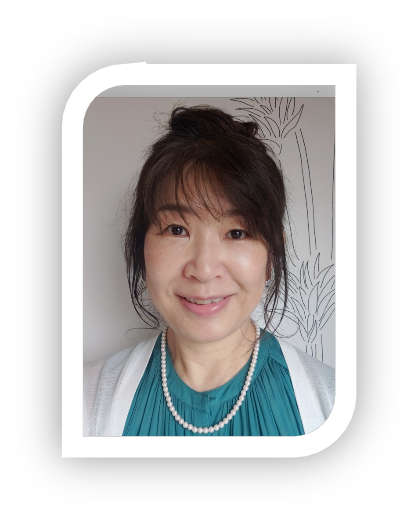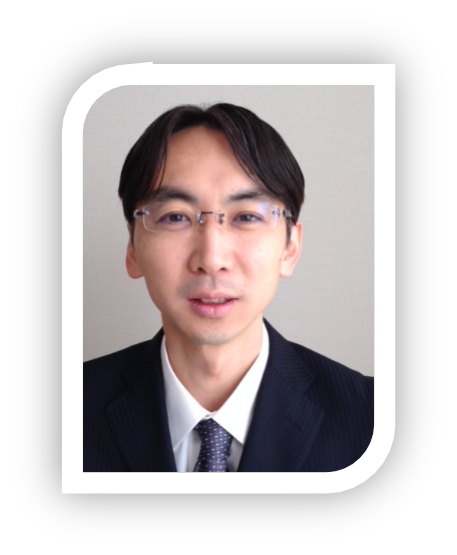SIETAR Japan October Workshop
Theory and Practice of a New Textbook on Intercultural Training: Encountering “Difference” through Perceptual Constructivism
Date/Time: Saturday October 1, 2022 13:00-16:00
Language: Japanese
Guest Speakers:
Shizu Yamamoto is a professor of intercultural communication at Tokai University. Dr. Yamamoto earned her master’s degree in speech communication from Portland State University and her doctorate in education from Sophia University. Her research interests are centered on intercultural sensitivity and the development of intercultural training methods. Her current research focuses on DMIS, using both qualitative and quantitative methods to examine how Japanese people perceive, interpret, and express their experiences of difference. Based on the results of previous studies, she developed a Japanese psychological scale for DMIS (in press).
Taketo Ishiguro is an intercultural communication scholar (Ph.D. in Intercultural Communication Studies) whose research centers on intercultural discourse in multicultural organizations/teams. He uses qualitative research methods such as a constructionist version of life-story interview research, modified grounded theory approach, and discourse analysis. He has published such books as Images of Japanese leaders in multicultural organizations: A life-story interview approach (Shumpu-sha) and Multicultural teams and Japanese leaders’ dynamic thought processes: A grounded theory approach (Shumpu-sha).
Outline Workshop :
What becomes possible when we remove “bunka” (culture) from “i-bunka” (interculral) communication and try to focus just on “i” (difference)? This workshop will introduce a new book “Experiencing Intercultural Communication: Growing Up with ‘Difference'” (Shizu Yamamoto, Taketo Ishiguro, Milton Bennett, Daisuke Okabe, Sanshusha, November 2022), which summarizes a new approach to intercultural communication education. This book is a challenge to update traditional intercultural communication education. The theoretical background of the book is “constructivism” and the “development of intercultural sensitivity.” In this workshop, the following will be conducted.
1 Introduction to the overall structure and characteristics of this book. Video greeting from Dr. Bennett introducing the book.
2 Explanation of perceptual constructivism and “i” (difference) as a theoretical foundation
3 Introduction to and explanation of sample chapters
4 Practice and explanation of sample exercises
5 Q & A, interaction among authors and participants in a free atmosphere. Dr. Bennett will also participate.
Unique feature of this book is that by focusing on “i” (difference), it attempts to extend the applicability of intercultural communication knowledge outside of the traditional units of social categories such as country, race, and ethnicity. There has been a kind of difficulty in taking the approach that different cultures are collectively defined at the collective level and thus linking different cultures to social categories. The use of existing social categories alone does not adequately capture the asymmetrical relationships that are made diversely visible in various contexts, which people are increasingly becoming aware of at home, at work, and at school. For example, “those who have experienced” and “those who have not experienced” certain events, such as studying abroad, taking exams, giving birth, getting married, divorcing, changing jobs, illness, disasters, etc., may feel uncomfortable with each other’s comments and actions, and misunderstandings and conflicts may occur due to differences in their standpoints. It is important to be able to focus on the divisions of positions through line-drawing (segmentation) without being bound by the culture of the group unit, and to be able to not only divide but also reconnect by redrawing the boundaries. With this concern, Yamamoto, who was trying to teach from constructivist and situated perspectives, encountered “context shifting” as conceptualized by Ishiguro, and the idea of removing “culture” from “cultural difference” and making “i” (difference) as a perceptual object came to take shape.
From a constructivist perspective, we believe there is a need for intercultural communication in which people can learn how to deal flexibly with categories, including categorizing, de-categorizing, re-categorizing, and using categories as a lens for observation. In this context, the emphasis is on having a sense of agency as a category generator and being aware of the possibility of changing boundaries. It is necessary not only to increase the cognitive complexity of being able to use multiple categories simultaneously, but also to increase the perceptual complexity involved in the sensitive attention to categorization. This idea is in line with the development of intercultural sensitivity that Milton Bennett has advocated in the constructivist paradigm. In addition to Bennett’s introductory and final chapters, this book includes Japanese translation of Bennett’s lecture on the developmental model of intercultural sensitivity given at the 18th Annual Conference of the Japan Society for Multicultural Relations.
[Participation Fee & Registration Procedures]
Please register through Peatix and beware that your registration will not be valid without a membership number.
Peatix: https://sietar20221001.peatix.com
Participation fee: 600 yen (members), 1000yen (non-members), Free (student members). 350yen (non-member students)
Once your registration is completed, we will send you the zoom link.
We ask that you have a stable online connection.
Please contact:
Yuka Suzuki (Japanese) & Soyhan (English)
Program Directors
<学会事務局>
Secretariat: 〒162-0801 東京都新宿区山吹町358-5
E-mail: sietar-post@bunken.co.jp, Website: www.sietar-japan.org



